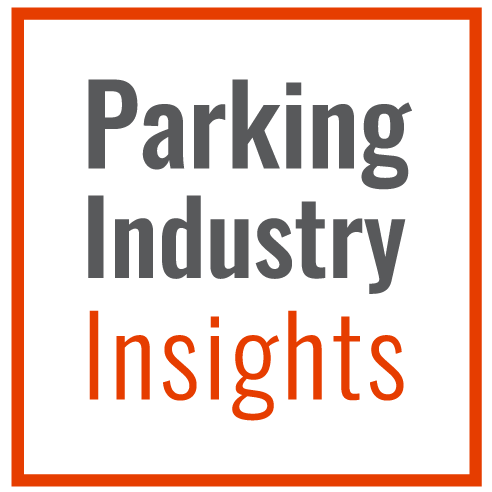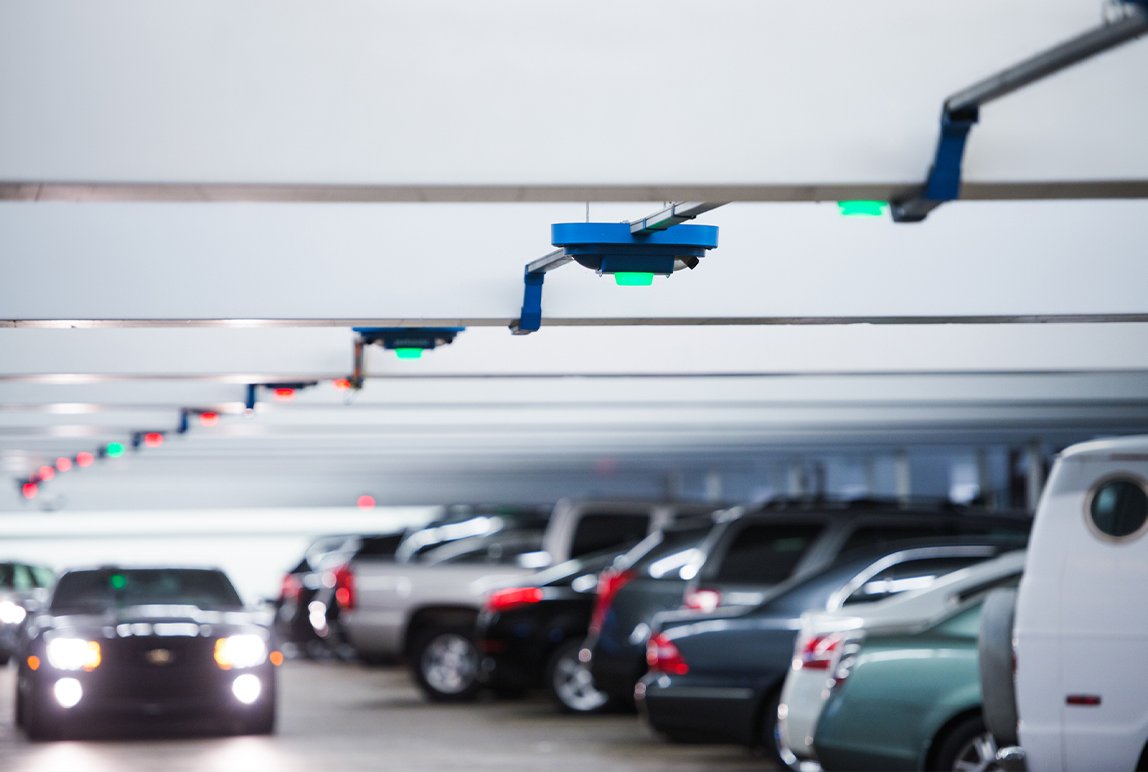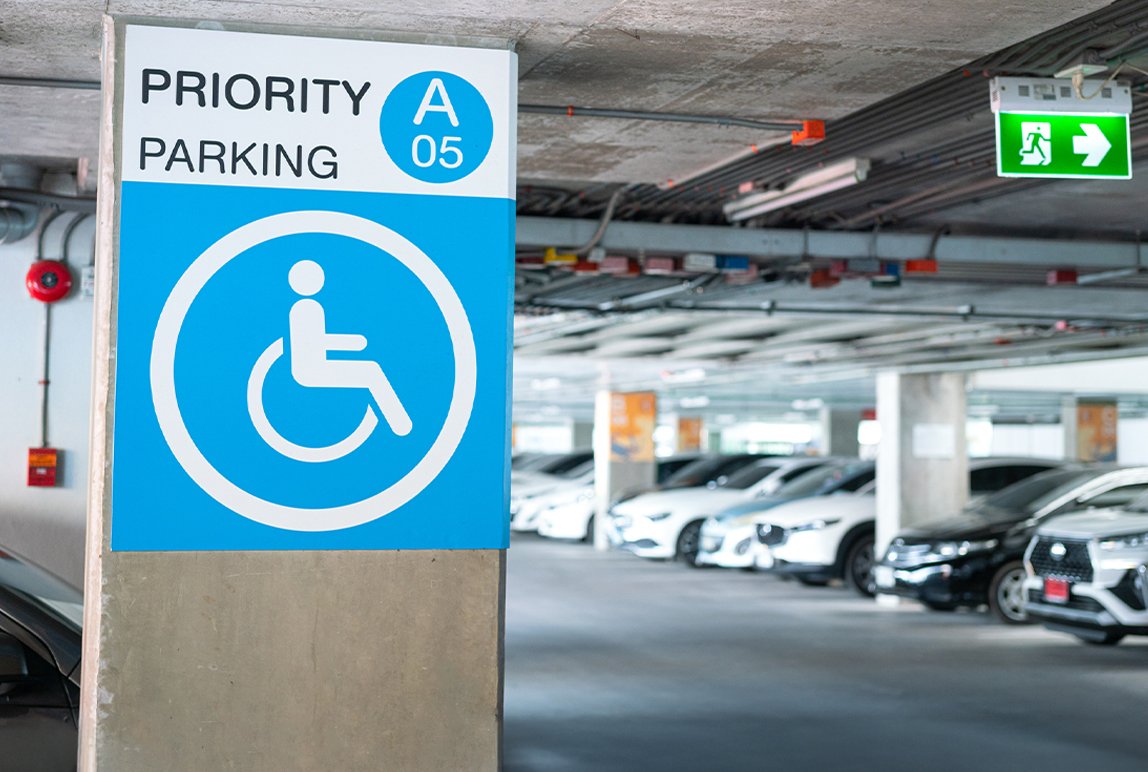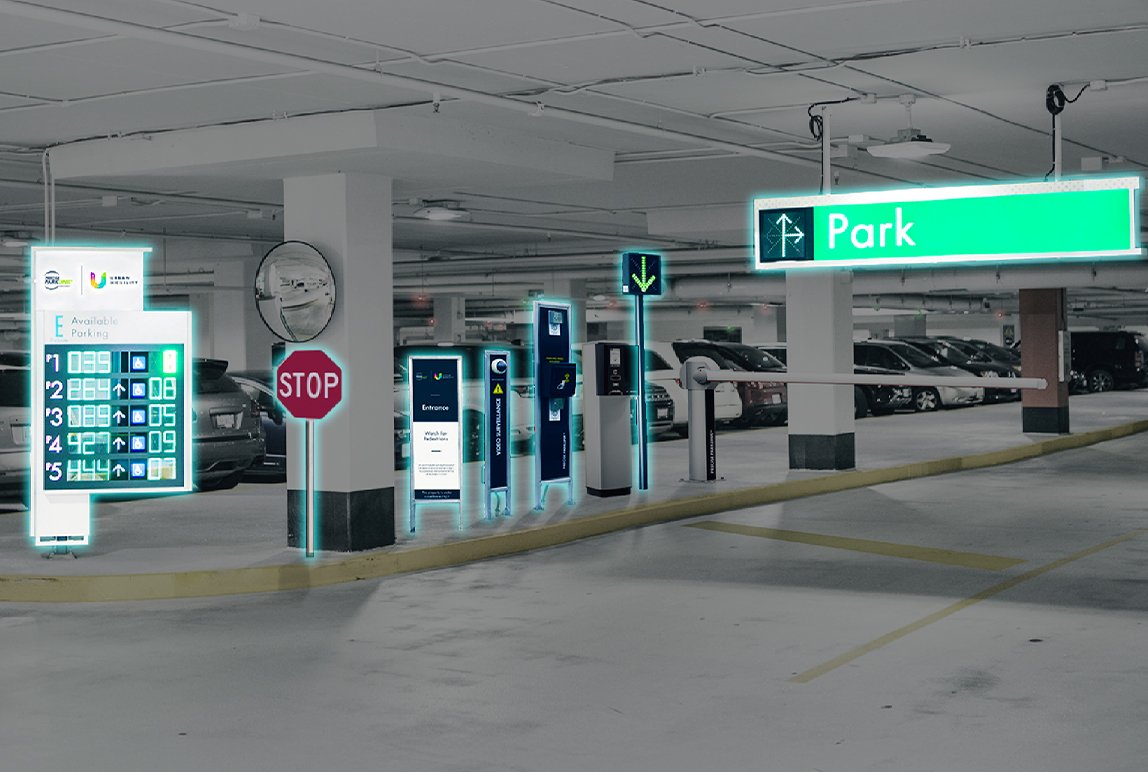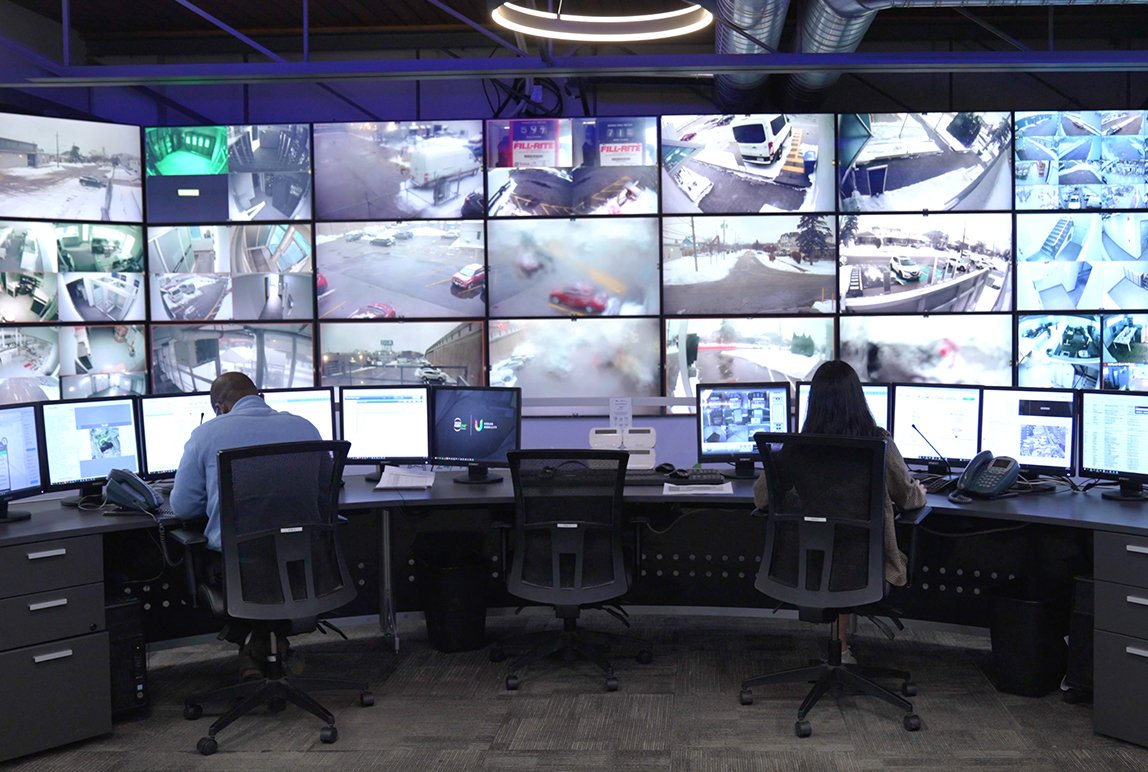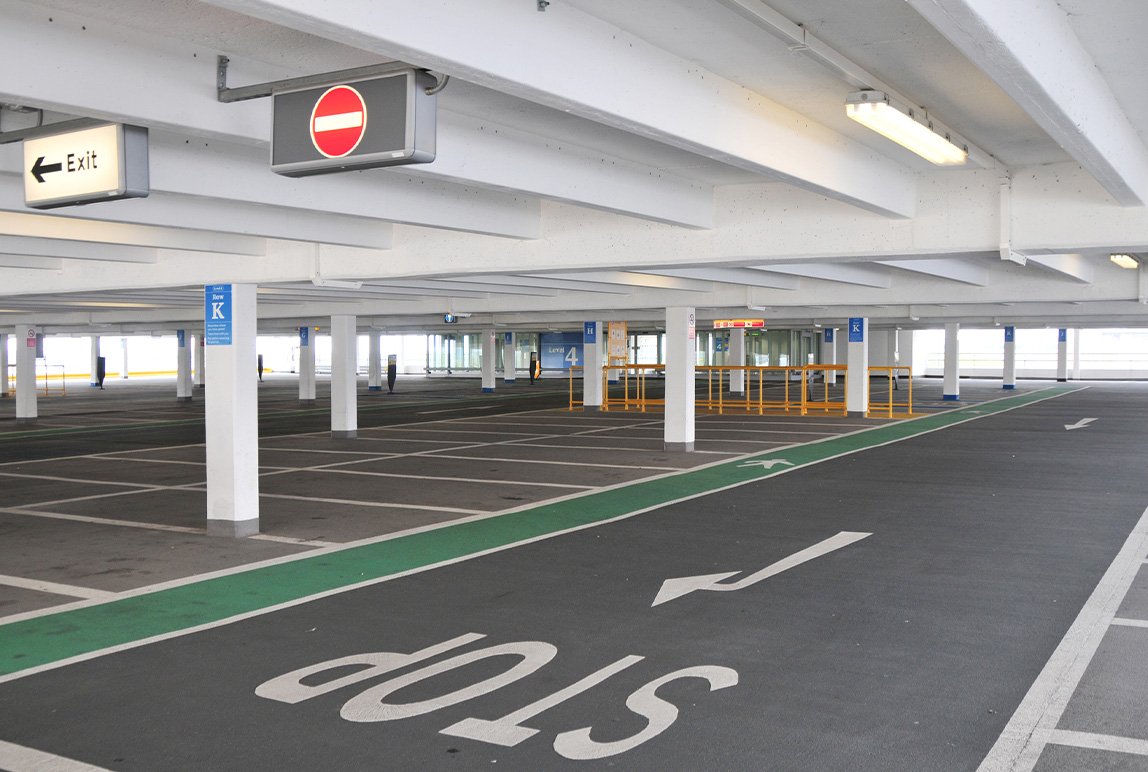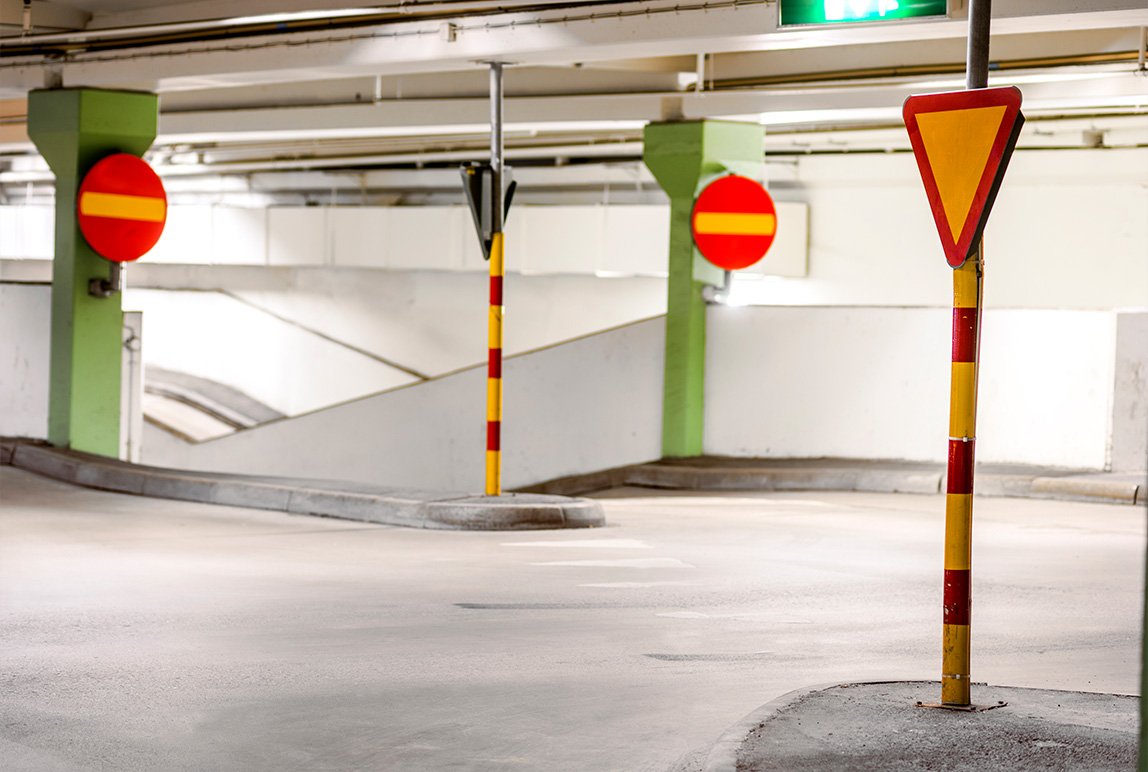What You Need to Consider: Implementing a Paid Parking System for Your Mixed-Use Property
Posted: Oct, 22, 2024 9:31AM ET • 6 min read
As urban areas expand, the need for efficient parking management in mixed-use developments has grown significantly. These developments typically combine residential, commercial, retail, and entertainment spaces within a single area, creating complex parking demands from a diverse users. Mixed-use parking operations must balance the needs of long-term residents, short-term visitors, and daily commuters, all while managing traffic flow and ensuring a positive user experience.
Explore the key strategies and benefits below to learn how a well-executed paid parking system can help facility managers and owners tackle these challenges and drive long-term success.
Understanding Mixed-Use Parking Needs
Mixed-use parking operators face the challenge of serving diverse user groups, from long-term residents and office workers to short-term visitors like shoppers and diners. Balancing these competing needs requires careful planning to ensure that each group has adequate access to parking without creating congestion. For example, residents expect consistent parking availability, while retail visitors prioritize convenient, short-term spaces. Managing traffic flow during peak periods, such as business hours or weekend events, adds another layer of complexity, as multiple user groups may be competing for the same spaces. Additionally, seamless and convenient payment options are essential, whether through mobile apps or contactless methods, since outdated or cumbersome systems can lead to user frustration and diminished customer satisfaction.
Implementing a paid parking system offers significant benefits in addressing these challenges. Not only does it generate a reliable revenue stream, but it also enables better space utilization by allowing operators to monitor occupancy and adjust pricing based on real-time demand. Dynamic pricing models can optimize revenue during peak times while offering flexible payment options that enhance the overall user experience. Ultimately, a well-executed paid parking system creates a more organized, efficient, and user-friendly parking environment, leading to improved customer satisfaction and better operational outcomes for mixed-use developments.
Key Considerations Before Implementation
Before implementing a paid parking system, conducting a thorough analysis of your current parking needs is essential. This includes evaluating existing parking usage, identifying peak times, and understanding user demographics. Knowing when demand is highest, which groups use the parking facilities, and how long they typically stay will help inform key decisions about space allocation and pricing models. For instance, office workers may require all-day parking, while retail visitors typically need short-term options. A detailed analysis ensures that the system is tailored to the unique needs of the operations, maximizing both efficiency and revenue.
Additionally, selecting the right technology is a critical factor for success. Options such as a gated parking system, parking meters, mobile payment platforms, and enforcement solutions all play important roles in creating a seamless user experience. Gated systems provide controlled access, while mobile payments offer flexibility and convenience for users. Effective enforcement, like license plate recognition, ensures compliance and prevents unauthorized parking. Integrating these technologies enhances operational efficiency and helps manage user expectations, making the overall system more reliable and user-friendly. Remote monitoring systems provide real-time oversights of parking operations, enabling swift issue resolution and continuous system health checks. This proactive approach allows for minimized downtime and addressing user concerns promptly. Paired with 24/7 digital customer service, these technologies ensure that users have seamless support at any time, enhancing their overall parking experience.
Measuring Success and Continuous Improvement
Once your paid parking system is implemented, it’s crucial to continuously monitor key performance indicators using a business intelligence platform to ensure long-term success. Tracking occupancy rates helps determine how effectively spaces are utilized while monitoring revenue ensures the system meets financial goals. User feedback is equally important, as it provides insight into the customer experience and highlights areas for improvement. Additionally, evaluating enforcement effectiveness, such as compliance with payment rules and the efficiency of ticketing or license plate recognition systems, helps maintain order and deter violations.
Operators should be prepared to make ongoing adjustments based on the data collected. This may involve modifying pricing strategies to better align with demand during peak and off-peak hours or refining enforcement measures to ensure greater compliance. Regularly reviewing these metrics and making data-driven adjustments allows the parking system to remain flexible, efficient, and responsive to both operational needs and user expectations, ensuring sustained success.
Successfully implementing a paid parking system for a mixed-use operation involves understanding the unique needs of various users, conducting a thorough analysis of current operations, choosing the right technology, and continuously monitoring key metrics. By addressing these steps, facility managers and owners can optimize space utilization, enhance user experience, and generate consistent revenue. A well-implemented paid parking system streamlines operations and offers flexibility and scalability as demand evolves. Adopting such a system can transform a challenging operation into a seamless, efficient, and performance of your mixed-use parking facility.
References
Carlson, E. (2024, April 3). How to implement effective parking strategies for mixed-use developments. Parkade. https://parkade.com/post/effective-parking-strategies-for-mixed-use-developments
Flowers, H. (2024, April 5). Parking management for mixed use properties. National Parking. https://national-parking.com/about/resources/2024/04/what-is-a-mixed-use-property/
Tse, B. (2024, August 21). 5 considerations when implementing a parking program for a mixed-use property - precise ParkLink: Parking management services. Precise ParkLink | Parking Management Services. https://www.preciseparklink.com/news/what-a-mixed-use-development-parking-program-needs-to-include
Share Article:
Featured Articles
ABOUT THE AUTHOR
Lui Venir
Account Executive
Lui is a key contributing voice to the successful implementation of the turnkey parking management solutions we offer our clients. He works directly with stakeholders to design their solutions, creating the perfect combination of automated processes and management services for an efficient parking operation.
With a decade of experience as an account manager with Precise ParkLink and a total of 20 years of experience in technical project implementation, Lui has developed an unmatched grasp of the factors that lead to a successful implementation — a clear understanding of the client’s needs, effective revenue control systems, and streamlined processes.
Questions?
Fill out the form below and we will do our best to connect you with a suitable contact.
